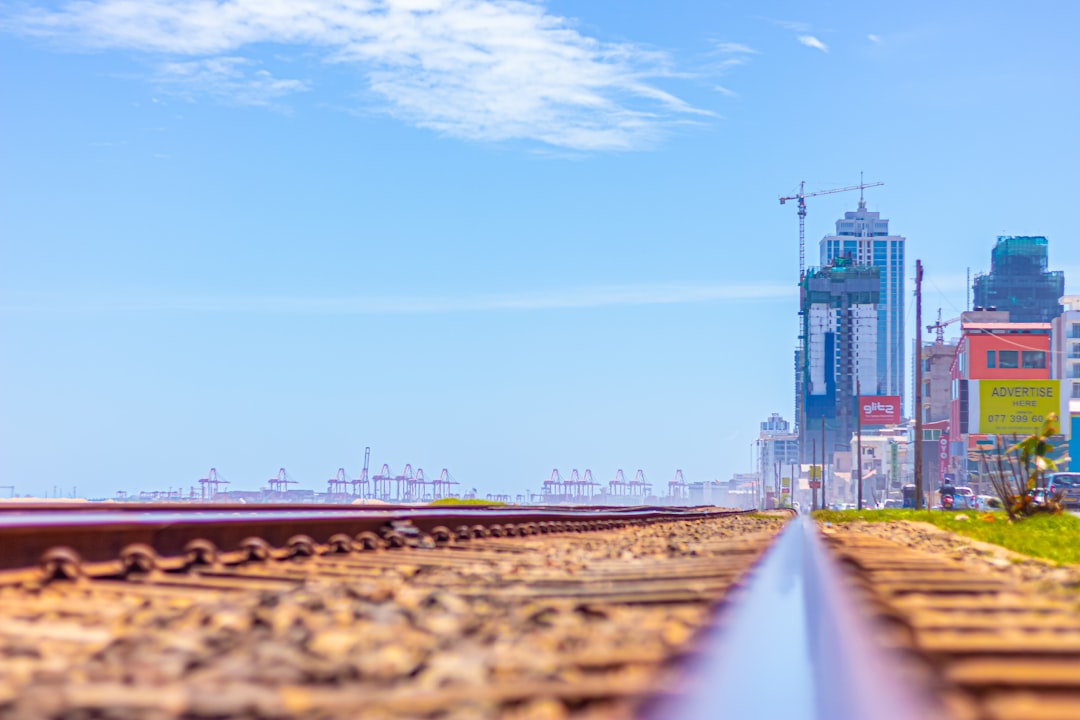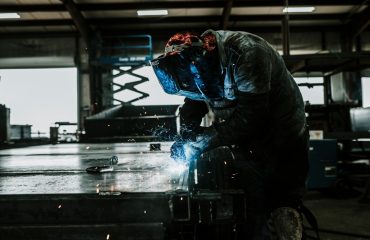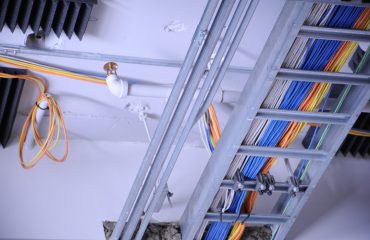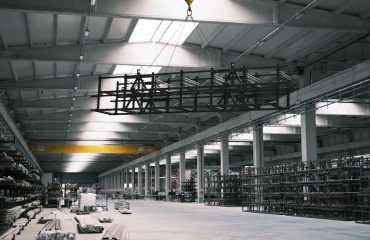Liquefied Natural Gas (LNG) pipelines represent a crucial link in the global energy chain, facilitating the safe and efficient transportation of this vital resource. However, the extremely low temperatures involved (-162°C) demand stringent specifications to ensure operational reliability, safety, and environmental protection. This guide delves into the critical aspects of LNG pipeline specifications.
1. Material Selection: The Foundation of Cryogenic Resilience
The choice of materials for LNG pipelines is paramount due to the demanding cryogenic environment. Standard steel pipelines are unsuitable due to the risk of brittle fracture at such low temperatures. Therefore, specialized materials with exceptional cryogenic properties are essential. These typically include:
- 9% Nickel Steel: This alloy exhibits excellent toughness and ductility at cryogenic temperatures, making it a popular choice for LNG pipelines. Its strength and resistance to brittle fracture are crucial for pipeline integrity.
- Austenitic Stainless Steels: Certain grades of austenitic stainless steel, like 304L and 316L, also possess excellent cryogenic properties and are used in various pipeline components. However, they might be less cost-effective compared to 9% nickel steel.
- Aluminum Alloys: In specific applications, aluminum alloys can be considered due to their lightweight nature and good cryogenic properties. However, their lower strength compared to steel might limit their use in high-pressure pipelines.
Material selection involves rigorous testing and analysis to ensure compliance with international standards and specific project requirements. Factors such as weldability, corrosion resistance, and long-term cryogenic stability are critically evaluated.
2. Pressure Ratings and Wall Thickness: Balancing Strength and Cost
LNG pipelines operate under significant pressure to maintain the liquefied state of the gas. Pressure ratings are determined by factors such as pipeline diameter, operating temperature, and the required flow rate. Higher pressure necessitates thicker pipeline walls to maintain structural integrity. The precise wall thickness is calculated using specialized engineering software and formulas that account for various stress factors, including internal pressure, external loads, and thermal stresses.
Finding the optimal balance between pressure rating and wall thickness is crucial for cost-effectiveness. Thicker walls increase material costs and construction complexity, while insufficient wall thickness compromises safety. Detailed stress analysis and simulations are performed to ensure the pipeline can withstand the anticipated operating conditions throughout its lifespan.
3. Insulation and Cryogenic Design: Preventing Boil-off and Maintaining Integrity
Maintaining the LNG in its liquid state is critical to prevent boil-off (vaporization), which leads to significant energy loss and safety risks. Effective insulation is therefore essential. Common insulation methods include:
- Vacuum Insulation: This technique uses a vacuum layer between the pipeline and the outer casing to minimize heat transfer. This is often combined with highly insulating materials like perlite or silica aerogel.
- Foam Insulation: Polyurethane or other suitable foam materials provide excellent thermal insulation and are relatively easy to apply.
Cryogenic design considerations extend beyond insulation to encompass aspects like thermal expansion and contraction of the pipeline. Specialized expansion joints and other design features are incorporated to accommodate these changes in temperature without causing stress or damage to the pipeline.
4. Safety Features and Leak Detection Systems: Prioritizing Risk Mitigation
Safety is paramount in LNG pipeline operations. Multiple layers of safety features are integrated into the design to mitigate risks associated with leaks, pressure surges, and other potential hazards. These include:
- Pressure Relief Valves (PRVs): These valves automatically release excess pressure to prevent pipeline rupture in case of over-pressurization.
- Leak Detection Systems: Sophisticated monitoring systems employing various technologies (e.g., acoustic sensors, pressure monitoring) detect leaks early on, enabling timely intervention and preventing significant environmental damage.
- Emergency Shutdown Systems (ESD): ESD systems automatically shut down the pipeline in case of a detected emergency, minimizing the extent of any potential incident.
- Regular Inspections and Maintenance: Routine inspections and maintenance are crucial for ensuring the continued safety and reliability of the LNG pipeline.
5. Regulatory Compliance and International Standards: Adhering to Best Practices
LNG pipeline projects must strictly adhere to relevant regulatory requirements and international standards. These standards dictate various aspects of pipeline design, construction, operation, and maintenance. Key standards and regulations include:
- ISO Standards: Various ISO standards cover aspects like pipeline materials, welding procedures, and testing methods.
- API Standards: The American Petroleum Institute (API) publishes numerous standards related to pipeline design, construction, and operation.
- National and Regional Regulations: Individual countries and regions have their own specific regulations concerning LNG pipeline safety and environmental protection.
Compliance with these standards is essential for obtaining necessary permits and ensuring the safe and responsible operation of LNG pipelines. Regular audits and inspections verify adherence to these regulations.
In conclusion, LNG pipeline specifications are complex and multifaceted, demanding a thorough understanding of cryogenic engineering, material science, and safety protocols. The stringent requirements ensure the safe and reliable transportation of this crucial energy resource, contributing significantly to global energy security.
Tags: LNG pipeline, pipeline specifications, LNG transportation, cryogenic pipeline, pipeline safety




